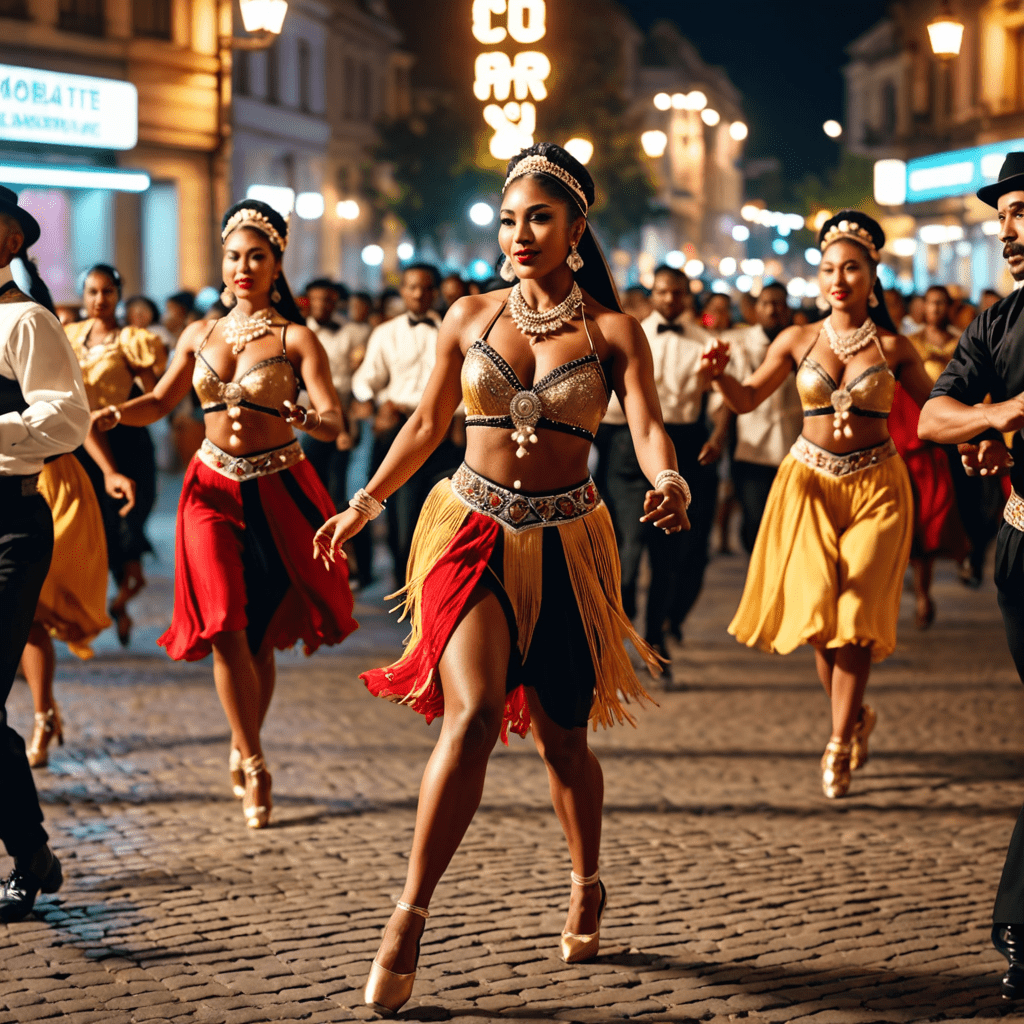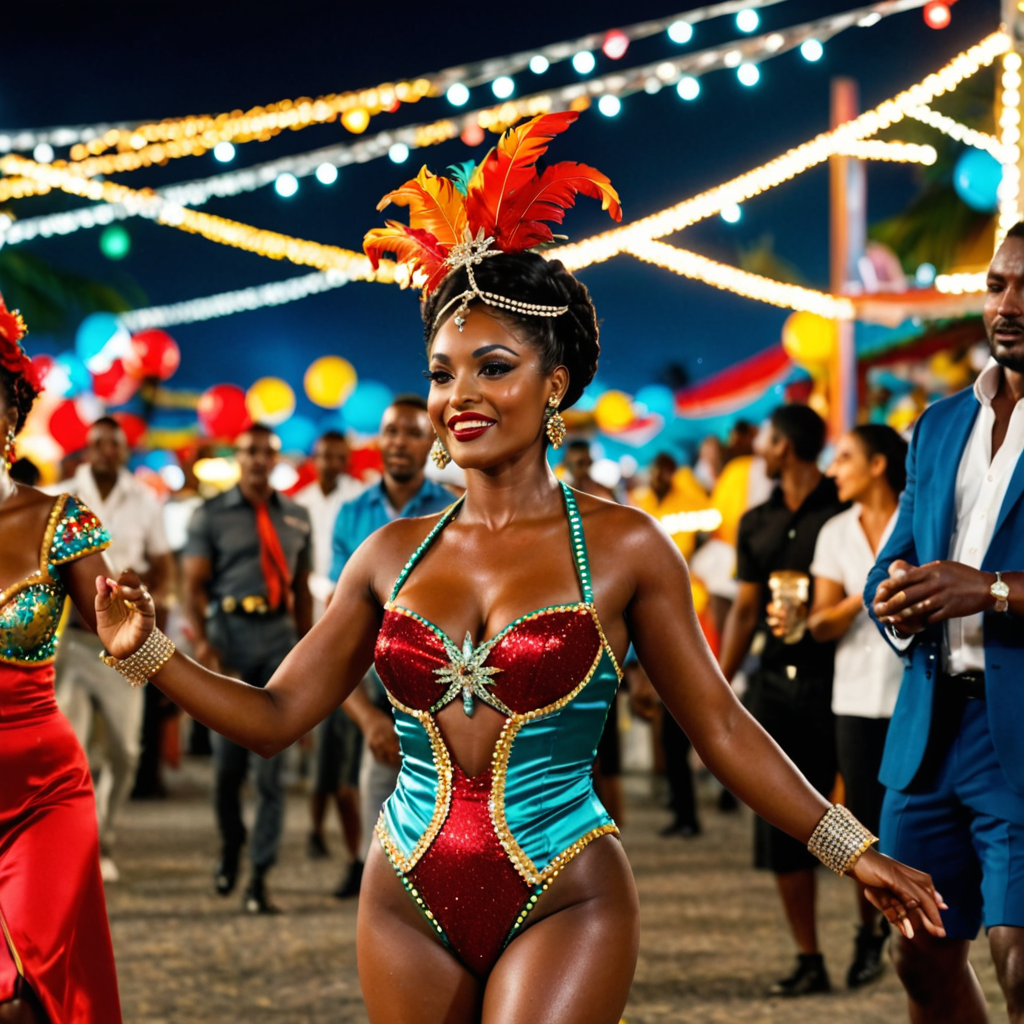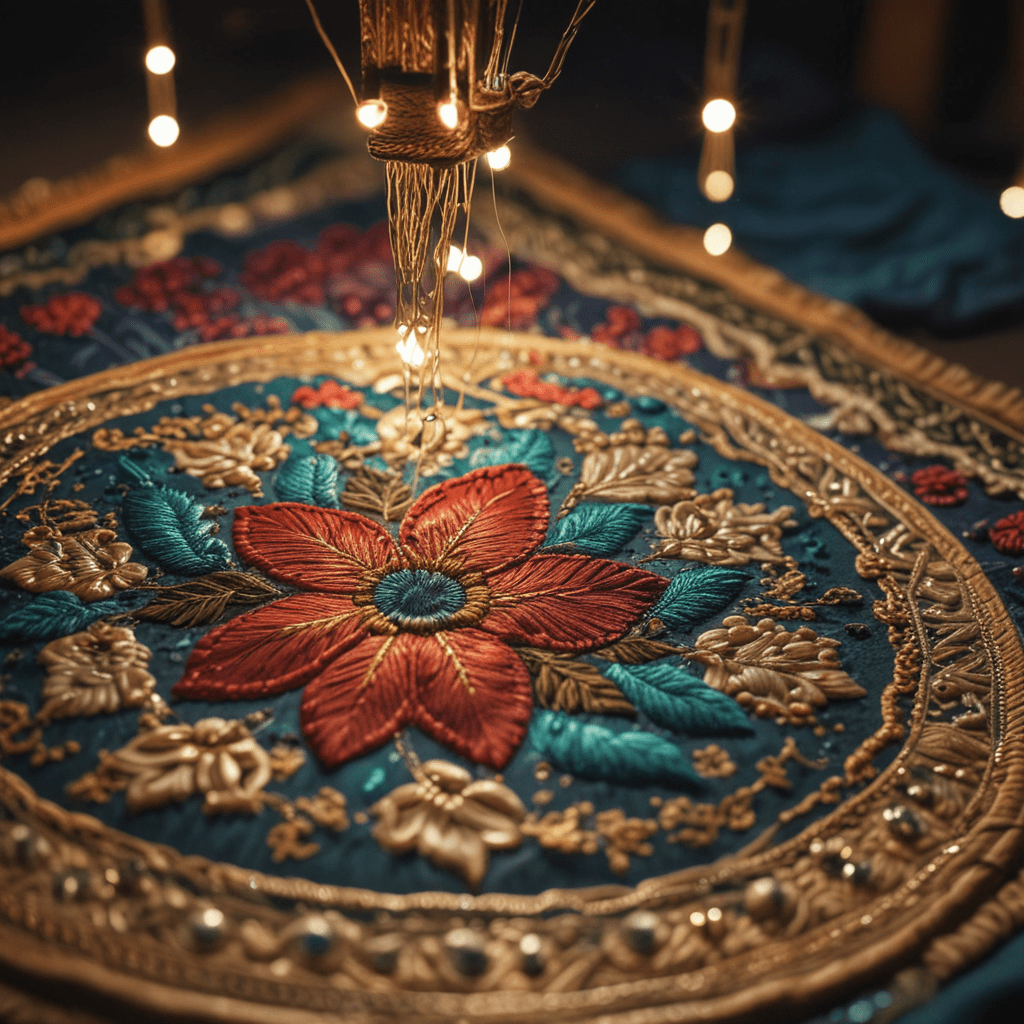
Exploring the Vibrant Culture: Traditional Music and Dance of the Mozabite People
The Rich Heritage of the Mozabite People
The Mozabite people, residing in the M’zab Valley of Algeria, have a unique and rich cultural heritage that is reflected in their traditional music and dance forms. This community has preserved its customs and traditions for centuries, making their art forms a captivating aspect of their identity.
The Role of Music in Mozabite Society
Music holds a significant place in Mozabite society as it is not only a form of entertainment but also a means of expressing emotions, celebrating life events, and connecting with their cultural roots. Traditional Mozabite music often combines rhythmic beats with poetic lyrics that tell stories of their history, beliefs, and daily lives.
The Sounds of Mozabite Music
Mozabite music is known for its lively and rhythmic melodies that are often accompanied by traditional instruments such as drums, flutes, and stringed instruments. The music is a reflection of the community’s close connection to the desert landscapes and its vibrant yet serene atmosphere.
The Art of Mozabite Dance
Dance is an integral part of Mozabite culture, with each dance form representing different aspects of their heritage. From ritualistic dances performed during religious ceremonies to lively group dances at weddings and celebrations, Mozabite dance showcases the community’s unity and joyous spirit.
Celebrating Life Through Dance
Mozabite dances are not just about movement but also storytelling, with dancers using intricate gestures and movements to convey narratives related to their history and values. These dances often involve colorful traditional attire and expressive movements that captivate audiences and create a sense of unity and celebration.
Preserving Tradition Through Music and Dance
In a rapidly changing world, the Mozabite people are dedicated to preserving their traditional music and dance forms as a way of safeguarding their cultural heritage for future generations. Through performances, festivals, and community gatherings, they continue to pass down these art forms and keep their traditions alive.
Experiencing the Magic of Mozabite Music and Dance
To truly understand and appreciate the beauty of Mozabite music and dance, one must immerse themselves in the sights and sounds of this vibrant culture. Whether witnessing a traditional performance or participating in a dance workshop, experiencing Mozabite music and dance is a journey that offers a glimpse into the soul of this unique community.
FAQ: Traditional Music and Dance of the Mozabite People
What is Mozabite traditional music?
Mozabite traditional music is a significant aspect of the cultural heritage of the Mozabite people, who are a Berber ethnic group residing in the M’zab Valley in Algeria. The music typically consists of rhythmic drumming, hand clapping, and vocal chants that express the community’s history, values, and daily life.
How important is traditional dance in Mozabite culture?
Traditional dance holds immense importance in Mozabite culture as it serves as a form of storytelling, celebration, and a way to pass down ancestral traditions to younger generations. The dance movements often reflect the environment, agricultural practices, and social norms of the Mozabite society.
What instruments are commonly used in Mozabite traditional music?
In Mozabite traditional music, you may hear the sounds of instruments like the bendir (a large frame drum), flutes, and sometimes string instruments like the lute. These instruments, along with the rhythmic clapping and vocal harmonies, create a captivating and culturally-rich musical experience.
Is traditional music and dance still practiced among the Mozabite people today?
Yes, traditional music and dance continue to be cherished and performed by the Mozabite people as a way to preserve their identity and heritage.


